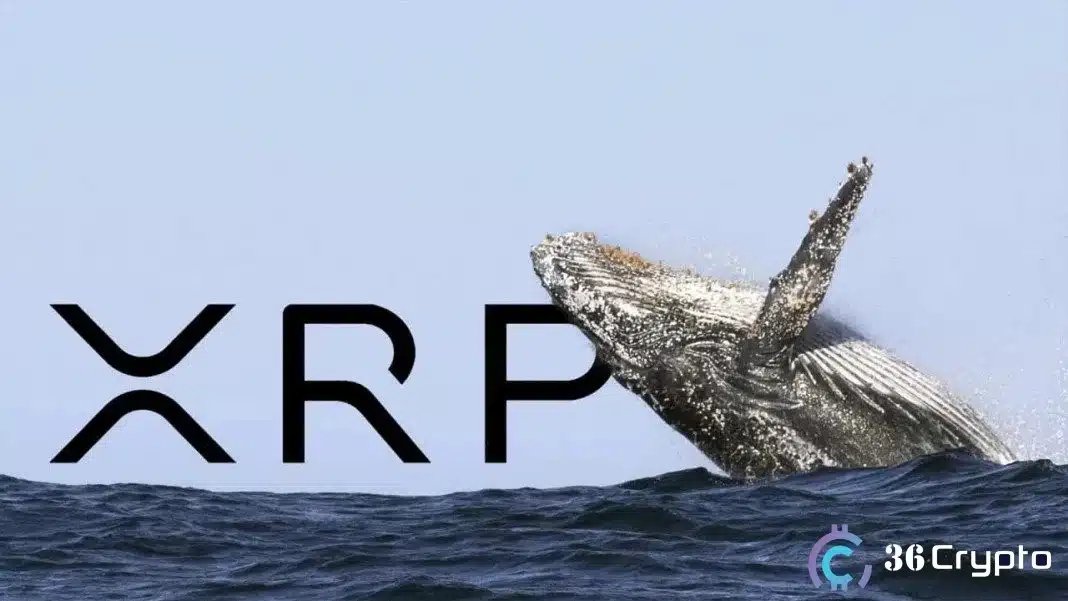$11.3 billion in ETH is being withdrawn from staking. What does Vitalik Buterin think?
Ethereum co-founder Vitalik Buterin has addressed the growing problem of staking withdrawal queues, which have now stretched to over six weeks.
On September 18, he posted on the X platform that this mechanism was a well-considered design choice rather than a flaw, and compared it to military discipline.
Buterin emphasized that staking is not a random act but a commitment to protecting the network. From this perspective, friction mechanisms such as exit delays actually serve as safety guardrails.
“An army cannot maintain cohesion if anyone in it can suddenly leave at any time,” he wrote, noting that ethereum’s reliability depends on ensuring that validators cannot abandon their duties instantaneously.
However, Buterin acknowledged that the current design isn't perfect. He elaborated, "This isn't to say the current staking queue design is optimal, but rather that blindly lowering the threshold will significantly reduce the chain's credibility for any node that isn't frequently online."
Buterin’s views coincide with those of Sreeram Kannan, founder of the re-staking protocol EigenLayer.
In a September 17th post, Kannan called Ethereum’s long exit period a “conservative parameter,” arguing that it is a crucial safety measure.
He explained that the waiting period is an effective safeguard against worst-case scenarios, such as a coordinated attack by validators, where participants might attempt to exit en masse before facing slashing penalties.
Given this, Kannan warned: “Unstaking must not be instantaneous.”
He further explained that shortening the process to a few days could expose Ethereum to attacks that exhaust its security assumptions. Conversely, a longer window allows for the detection and punishment of malicious behavior like double signing, ensuring that malicious validators cannot easily escape accountability.
Kannan noted that this buffering mechanism allows inactive nodes to reconnect and periodically verify the correct fork.
He emphasized that without such a mechanism, competing forks could claim to be legitimate, making it impossible for offline nodes to determine their authenticity when reconnecting.
He concluded: “Ethereum doesn’t have a fixed, long-term unstaking mechanism. Instead, it’s designed so that small amounts of staked assets can be withdrawn instantly during a specific period. However, if a large number of staked assets apply to withdraw simultaneously, queues will accumulate, potentially stretching for months in the worst case.”
This strong defense comes as Ethereum withdrawal queues hit a record high. Data from Ethereum validator queues shows that the current unstaking backlog has reached 43 days, involving 2.48 million ETH (about $11.3 billion) waiting to be withdrawn.
Vous aimerez peut-être aussi

IP Hits $11.75, HYPE Climbs to $55, BlockDAG Surpasses Both with $407M Presale Surge!

Whales Dump 200 Million XRP in Just 2 Weeks – Is XRP’s Price on the Verge of Collapse?
